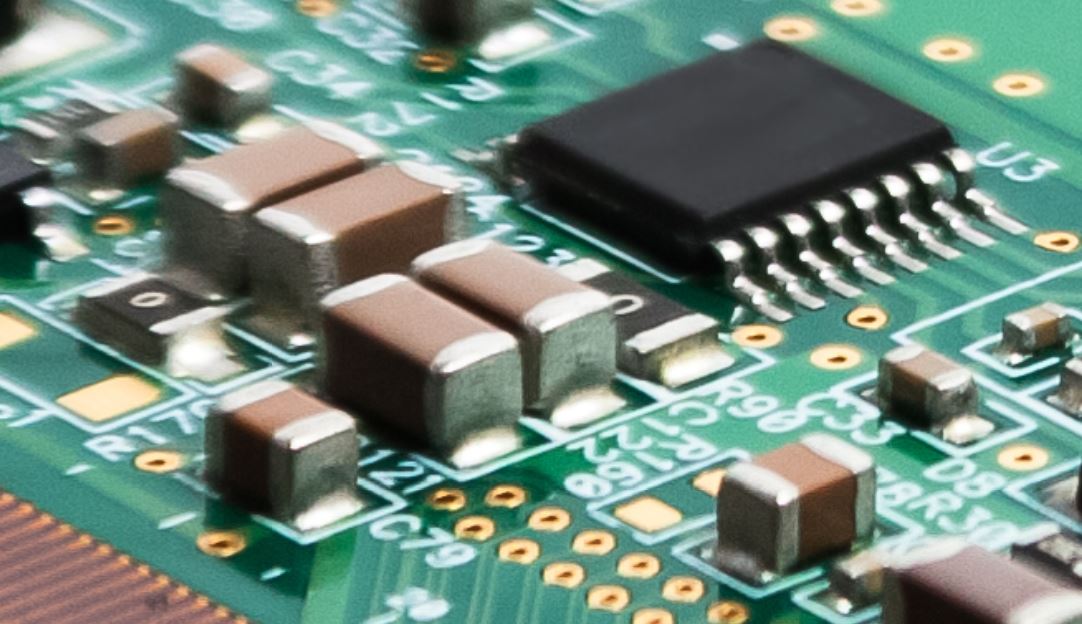EMC Question of the Week: May 3, 2021

Generally, Class 2 multilayer ceramic capacitors (e.g. X7R) should not be used in filter designs where there is no DC bias because
- they are polarized
- they are active devices
- their ESR is too high
- their capacitance is a function of voltage
Answer
The best answer is “d.” A big advantage of Class 2 multilayer ceramic capacitors is that they provide a significant amount of capacitance with a very low equivalent series resistance (ESR) in a small package size. However, the amount of capacitance provided can be a relatively strong function of the applied voltage. This non-linear behavior can distort a sinusoidal signal creating harmonics. Also, when filtering two sides of an isolated power input to ground using two identical Class 2 ceramics, a difference in the power-to-ground voltage on each side causes each side to see a different capacitance to ground. This imbalance can facilitate the conversion of differential-mode signals/noise to common-mode noise.
With a DC bias applied, Class 2 ceramic capacitors have a relatively stable capacitance as long as the noise voltage is well below the DC voltage.
Ceramic capacitors are not polarized. They exhibit essentially the same capacitance whether the applied voltage is positive or negative.
Applications that require a stable, linear, high-frequency capacitance when there is no DC bias, should generally employ Class 1 ceramics (e.g. NPO, C0G).
Have a comment or question regarding this solution? We'd like to hear from you. Email us at
